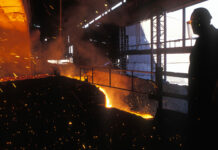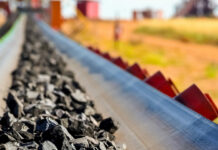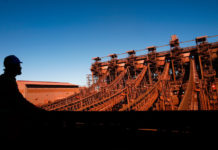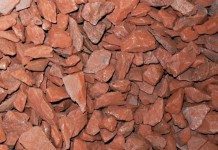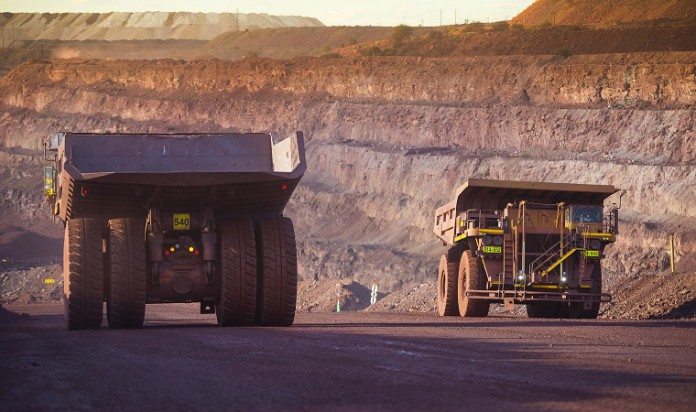
KUMBA Iron Ore has a two-pronged strategy to extend the current 13 years remaining for its Sishen mine in the Northern Cape: exploration and technology.
The downturn in iron ore prices after 2012 coincided with a period when Sishen faced a significant step-up in its stripping ratio as it had to reconfigure the pit. As a result, it lagged the technological advances evident in Australia’s iron ore mines. It has spent the past three years investing in technology to catch up.
Kumba’s executive head of technology and projects, Glen McGavigan, said R749m was spent on technology at Sishen and its sister mine, Kolomela, between 2014 and 2017.
CEO Themba Mkhwanazi told media on a visit to Sishen on Tuesday that Kumba was exploring the ground between its two mines, Sishen and Kolomela, and he was confident about the results. The group was also busy with a bankable feasibility study into installing a large-scale ultra-high dense media separation (UHDMS) plant at Sishen to treat 260 million tonnes of stockpiled material.
UHDMS can be used to produce a high-quality iron ore product from low-grade material. The technology has been piloted successfully and the large-scale plant would be able to produce another one to two million tonnes a year of high-grade iron ore.
The additional output from the UHDMS plant is not being factored into Sishen’s life of mine estimate until the bankable feasibility study is completed.
Mkhwanazi said Kumba was focusing its future planning largely on the Northern Cape because it has a haematite resource and existing infrastructure there. It has looked further afield but there were significant hurdles to other projects.
McGavigan said the basic method of mining – drilling, blasting, hauling and loading – will remain the same but technology will be used to enhance safety, productivity and reduce costs.
Kumba has adopted a three-horizon approach to technology. The first horizon is assisting operators, both people and equipment, the second is achieving integrated autonomous operations that remove people from harm, and the third is “smart” mining to support sustainable clean operations.
Communications infrastructure is being improved to enable autonomous drilling to remove the operator from the drill to a central control room. At Sishen two drills have been converted to automation to date and the rest will be converted this year.
The dispatch system is being upgraded to manage Sishen’s 87 trucks and 13 shovels to make them as fast, safe and productive as possible. Already average truck speeds have increased by about 8kms/hour. Advanced process control has been implemented at the Kolomela plant to improve the lump/fine ratio and consistency of the product. Implementation is under way at Sishen.
Automatic braking has been implemented to reduce incidents. Ten drones have been licensed and are being used to gather mine information and geospatial data to improve planning in mining as well as exploration and safety.
Mkhwanazi said Kumba’s long-term plans are to become more resilient throughout the commodities cycle. This entails improving the performance of current assets, investing in the core business including new technologies, and extending lives of mines. There will be a focus on understanding customer needs and improving co-operation between Kumba’s marketing and operations to match product supply with demand. There is also a need to unlock the potential of the Sishen-Saldanha rail line, where a greater focus on productivity could unlock 10-20% more capacity.
Timo Smit, Kumba’s executive head of marketing, said Chinese steel mills were operating at full capacity and driving higher productivity which favoured Kumba’s higher-grade ore. The premium for lumpy ore is about $12/tonne at present, which is higher than expected. He said the premium was likely to stay at this level into the third quarter but weaken in the fourth quarter.
“Overall we are pleased with the conditions we are seeing and expect they will remain good for the foreseeable future,” Smit said.
Kumba’s shares have risen from a low of about R26 in January 2016 to R299 at present.








